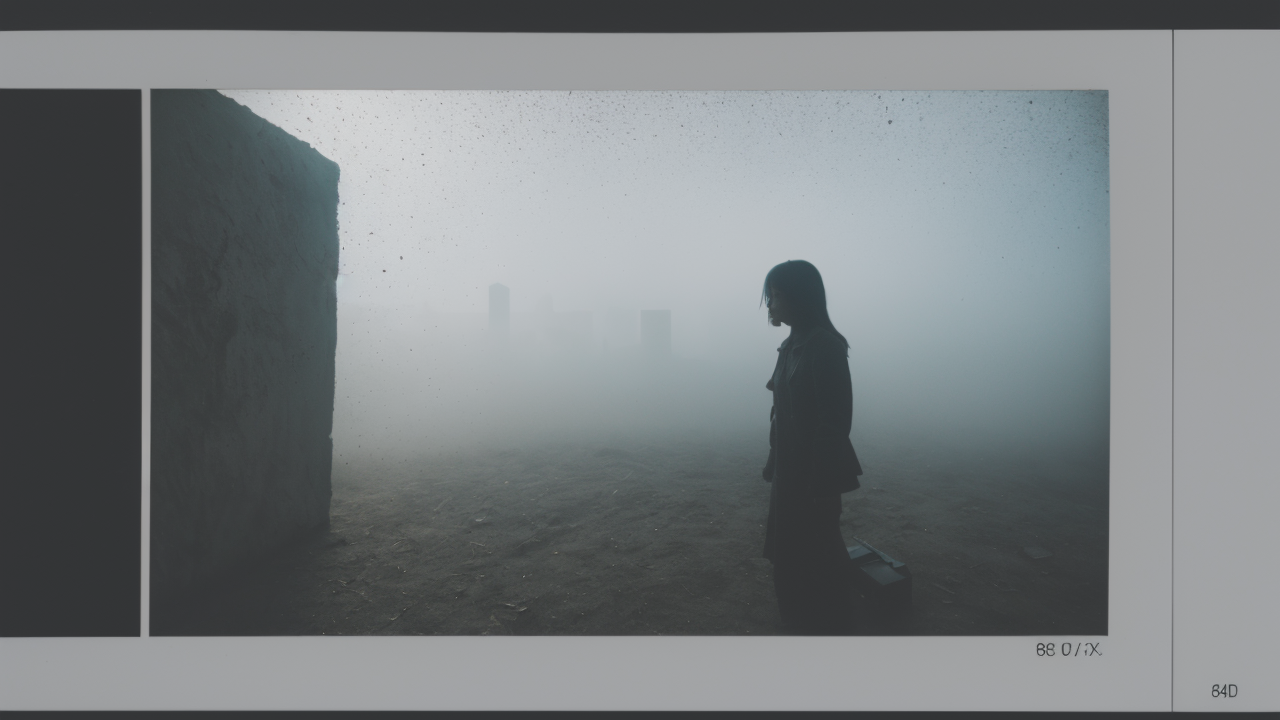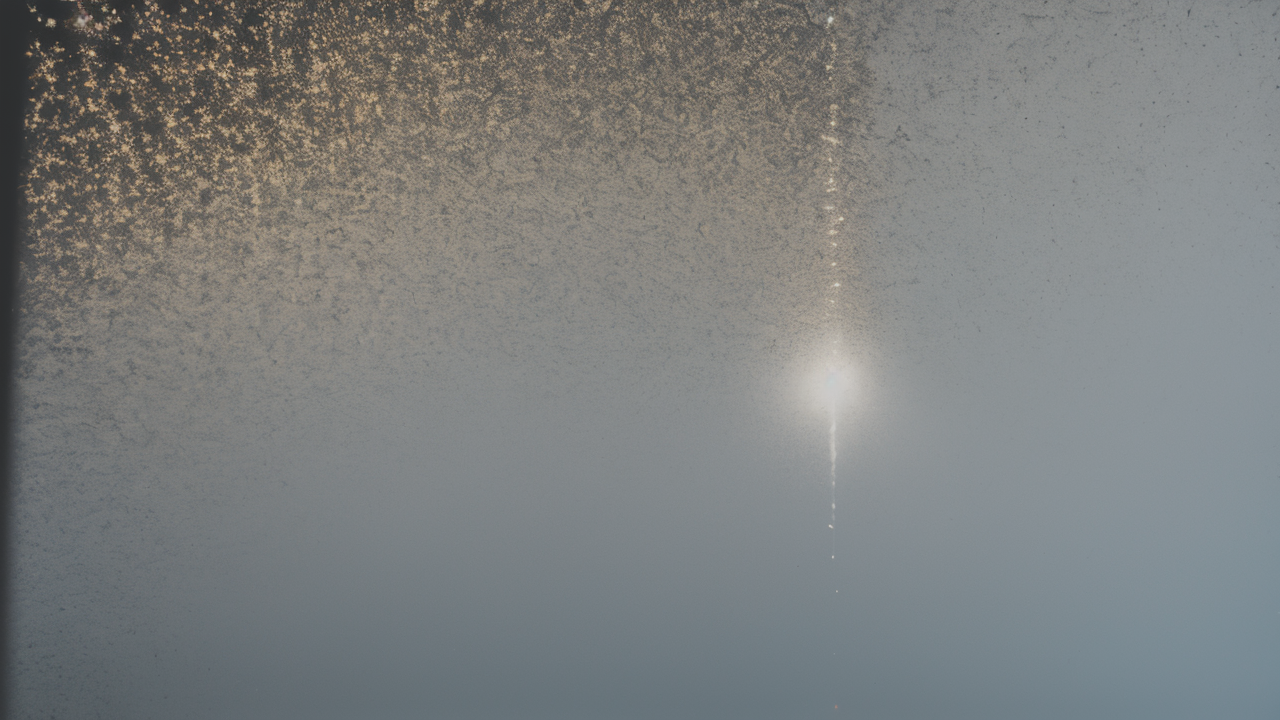
Texture and Form: Revolutionizing Your Artwork with Plaster Techniques
Understanding the Fundamentals of Plaster Art in Drawings
The Role of Plaster in Artistic Expression
Plaster plays a vital role in artistic expression. It adds depth and dimension to drawings. Artists use plaster to create unique textures and surfaces. This versatile medium allows for endless creative possibilities.

Plaster can transform a flat drawing into a 3D masterpiece. It provides a tactile quality that engages viewers. Artists can use plaster to highlight specific areas in their work. It creates contrast and draws attention to key elements.
The use of plaster enables artists to experiment with light and shadow. It can evoke emotions and set moods in artwork. Plaster techniques allow artists to push the boundaries of traditional drawing. They can create pieces that blur the line between drawing and sculpture.
Types of Plaster Used in Drawing
Artists use various types of plaster in their drawings. Each type offers different properties and effects. Here are some common types:
- Gypsum plaster: Quick-drying and easy to work with
- Lime plaster: Durable and often used for fresco techniques
- Cement plaster: Provides a hard, textured surface
- Acrylic plaster: Flexible and water-resistant
- Clay plaster: Natural and eco-friendly option
The choice of plaster depends on the desired outcome. Some artists prefer smooth finishes, while others seek rough textures. The type of plaster affects the final look and feel of the artwork.
Experimenting with different plasters can lead to unique effects. Some artists mix plaster types to create custom textures. The versatility of plaster allows for a wide range of artistic expressions.
The Impact of Texture on Visual Appeal
Texture greatly enhances the visual appeal of artwork. It adds depth and interest to drawings. Textured surfaces create a multi-sensory experience for viewers. They invite touch and closer inspection.
Rough textures can convey ruggedness or strength. Smooth textures might suggest calmness or elegance. The right texture can evoke specific emotions or moods in the viewer. It adds a layer of meaning to the artwork.
Texture also guides the viewer's eye across the piece. It can create focal points and lead the gaze. The interplay of textures adds complexity to the overall composition. It makes the artwork more engaging and memorable.
Artists use texture to tell stories and convey messages. It can represent natural elements or abstract concepts. Texture brings drawings to life, making them more dynamic and interesting.
Advanced Plaster Art Techniques for Artists
Crafting Varied Textures with Plaster
Artists can create a wide range of textures using plaster. Here are some techniques to try:

- Scraping: Use tools to create rough, uneven surfaces
- Stamping: Press objects into wet plaster for patterns
- Layering: Apply multiple plaster layers for depth
- Carving: Etch designs into dried plaster
- Mixing: Combine plaster with other materials
Each technique produces unique textures. Artists often combine methods for complex effects. Experimenting is key to discovering new textures and effects.
Tools like combs, sponges, and brushes can create different patterns. Natural objects like leaves or shells make interesting imprints. The possibilities are endless with plaster textures.
Practice and patience are important when working with plaster. Each attempt can lead to new discoveries and techniques.
Integrating Plaster into Digital Artwork
Plaster techniques can enhance digital art too. Artists can incorporate plaster textures in various ways:
- Photograph real plaster textures for digital use
- Create digital brushes mimicking plaster effects
- Use 3D software to simulate plaster textures
- Combine traditional plaster work with digital editing
Digital tools offer new possibilities for plaster-inspired art. They allow for easy experimentation and editing. Artists can create unique textures without physical limitations.
When using digital plaster effects, aim for realism. Study how light interacts with real plaster. This knowledge will improve your digital renderings. Balance digital and traditional elements in your work.
Remember that digital plaster art is a skill to develop. Practice regularly to improve your techniques. Explore different software and tools to expand your capabilities.
Tips for Mastering Plaster Art for Drawings
To master plaster art in drawings, consider these tips:
- Start with a solid foundation
- Experiment with plaster consistencies
- Use various tools for diverse textures
- Allow layers to dry completely
- Practice blending plaster with other media
- Study works of established plaster artists
- Keep a record of your techniques
Patience is key when working with plaster. Take time to understand how it behaves. Don't fear mistakes – they often lead to new discoveries. Practice regularly to improve your skills.
Try new techniques and tools often. Keep an open mind and be willing to learn from each experience. Remember that mastery comes with time and effort. Enjoy the process of learning and creating with plaster.
Attend workshops or classes to learn from experienced artists. Share your work and get feedback from peers. Continuous learning is essential in mastering plaster art.
The Business of Art: Market Trends and Customer Preferences
The Growing Demand for Textured Artwork in the United States
Textured artwork is gaining popularity in the US art market. Collectors seek unique, tactile pieces. This trend creates opportunities for artists working with plaster.

Several factors drive this growing demand:
- Desire for interactive art experiences
- Appreciation for handcrafted items
- Appeal of multi-sensory artwork
- Shift towards textural interior design
Artists who use plaster textures can tap into this market trend. Their work stands out in galleries and homes. Plaster art offers a unique selling point in a crowded market.
Consider showcasing your plaster artwork in various venues. Engage with potential buyers to understand their preferences. Highlight the unique qualities of your textured pieces.
How Plaster Art Can Enhance Your Portfolio
Adding plaster art to your portfolio sets you apart as an artist. It shows versatility and technical skill. Here's how it benefits your portfolio:
- Demonstrates diverse material use
- Highlights texture and dimension skills
- Shows creativity in mixing techniques
- Adds a unique element to catch attention
- Expands the range of artwork you offer
When including plaster art, explain your techniques. Provide context about your process and inspiration. This helps viewers appreciate the skill involved.
Consider creating a series of plaster artworks. This showcases your ability to explore a theme or technique in depth. It also shows commitment to the medium.
A strong portfolio with plaster art can open new opportunities. It may attract galleries, collectors, or commissions. Keep your portfolio updated with your best plaster work.
Meeting the Needs of Modern Art Collectors
Modern art collectors have diverse tastes. Understanding these can help you create appealing plaster artwork:
- Many value uniqueness and originality
- Growing interest in sustainable art
- Some prefer artwork with a message
- Many like blends of traditional and modern
- Interactive artworks are increasingly popular
When creating plaster art, consider these preferences. Think about how your work can meet these needs. Engage with collectors to understand their interests.
Price your artwork appropriately. Consider materials, time, and skill level. Don't undersell your unique plaster creations. Educate buyers on the value of textured artwork.
Remember, building relationships with collectors is important. Share your artistic journey and vision. This personal connection can lead to long-term support and sales.
In conclusion, plaster techniques offer exciting possibilities for artists. They can elevate drawings, create stunning textures, and meet market demands. With practice and creativity, you can master this versatile medium. Embrace the art of texture and watch your artwork come to life.


